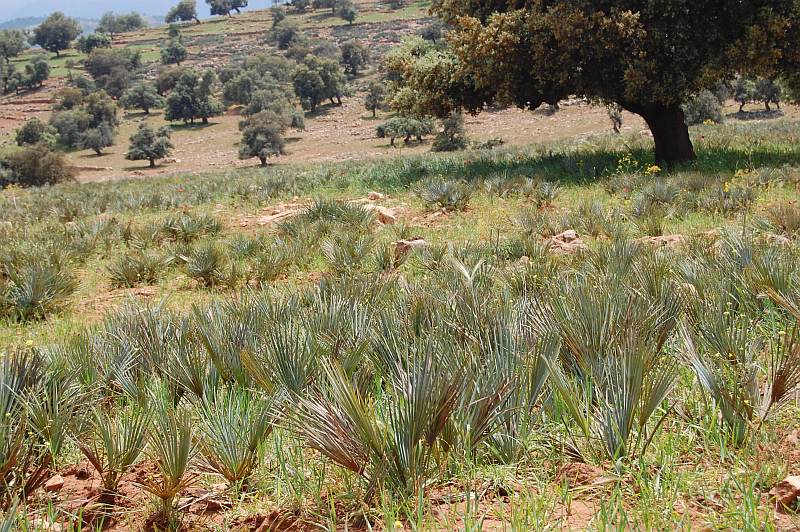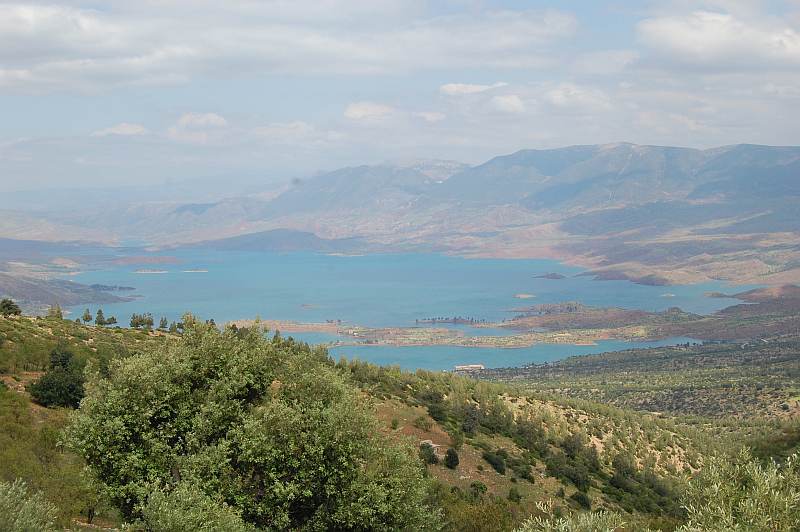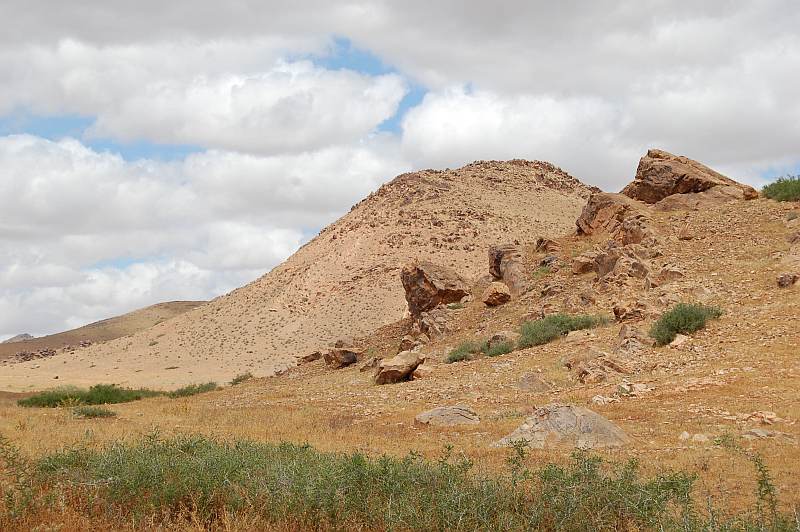Morocco, spring 2010 (April 19th to May, 11th) |
|
part 3 - from Beni Mellal to Marrakech |
|
| Along the northern slopes of the High Atlas mountain chain from Beni Mellal to Marrakech and northern surroundings of Marrakech | |
| Wednesday, April 21st, 2010 Again a day with nearly cloudless sky and bright sunshine, although the temperatures have been moderate, with a maximum of 23°C. We went to the northern slopes of the High Atlas south of Beni Mellal. On steep rocks at the roadside, about 150 meters above the plain, Tarentola mauritanica and the pellegrini morph of Teira perspicillata could have been observed. The both subspecies of Teira perspicillata, chabanaudi and pellegrini seem to have no value. Both morphs occur close nearby without any distribution pattern and sometimes you may find all three morphs, the nominate race, chabanaudi and pellegrini within one population. Also the lizards pattern is not fixed to any genotype. The northern slopes of the High Atlas from around Beni Mellal west to around Marrakech is the distribution of the endemic succulent Euphorbia resinifera, a plant growing to large pilllows, sometimes to a diameter of 3 meters and high up to 2 meters. |
|
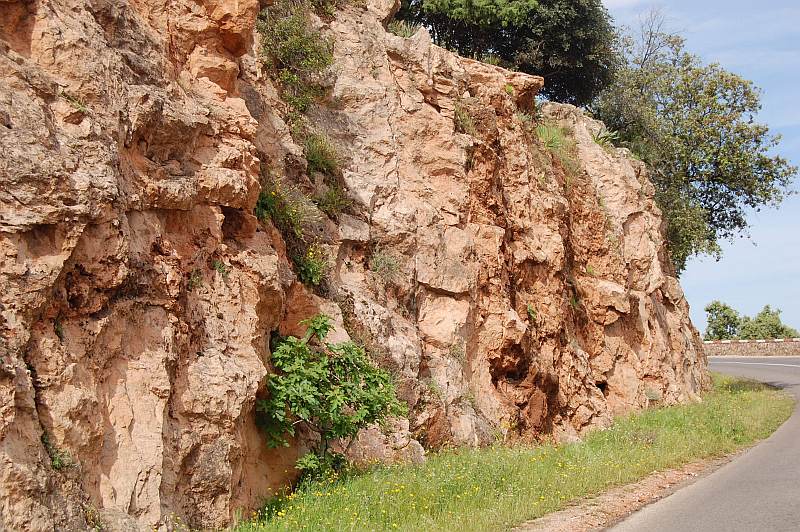 rock wall south of Beni Mellal. Habitat of Tarentola mauritanica and Teira perspicillata |
|
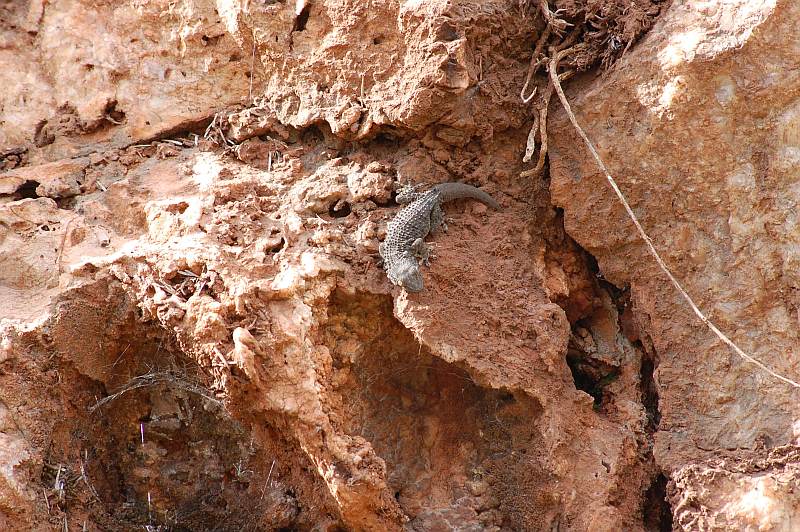 Tarentola mauritanica |
|
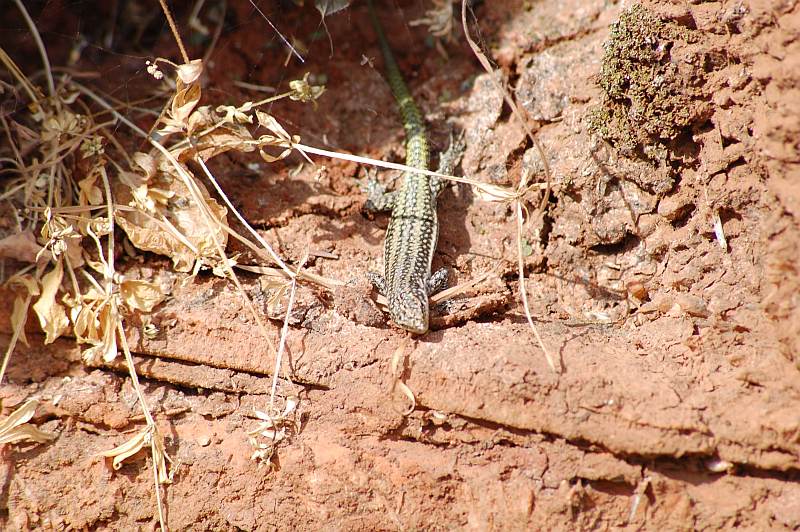 Teira perspicillata, pellegrini morph |
|
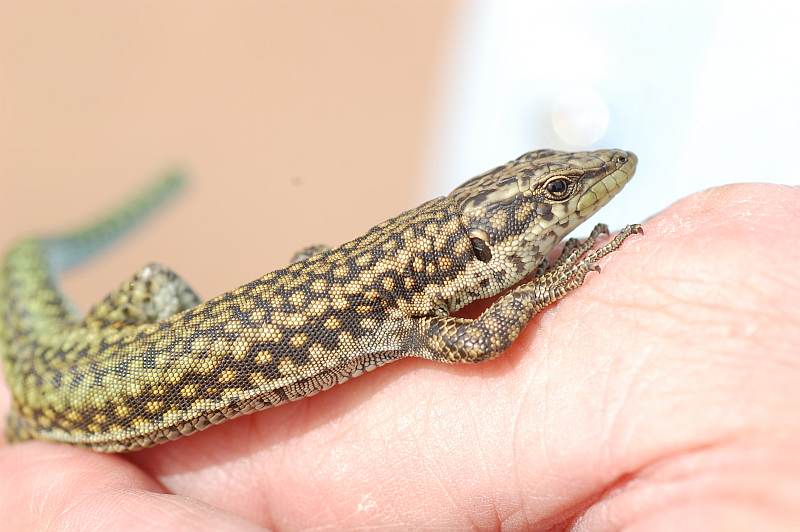 Teira perspuicillata, chabanaudi morph from same rockwall |
|
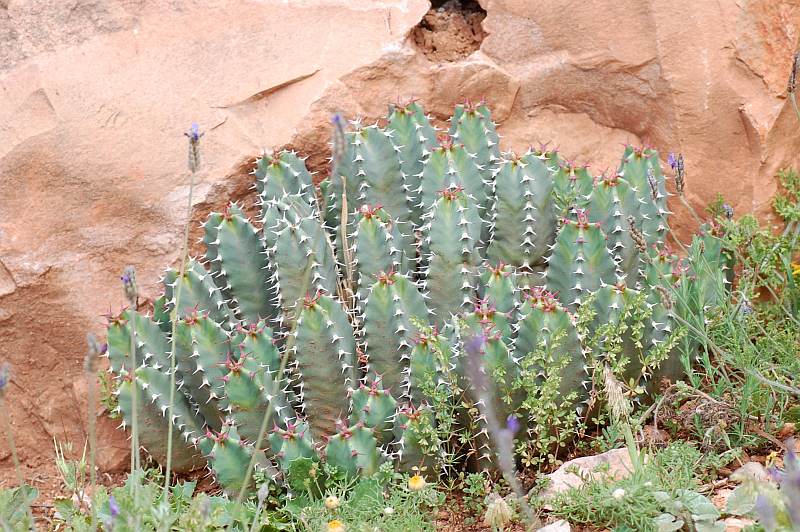 Euphorbia resinifera |
|
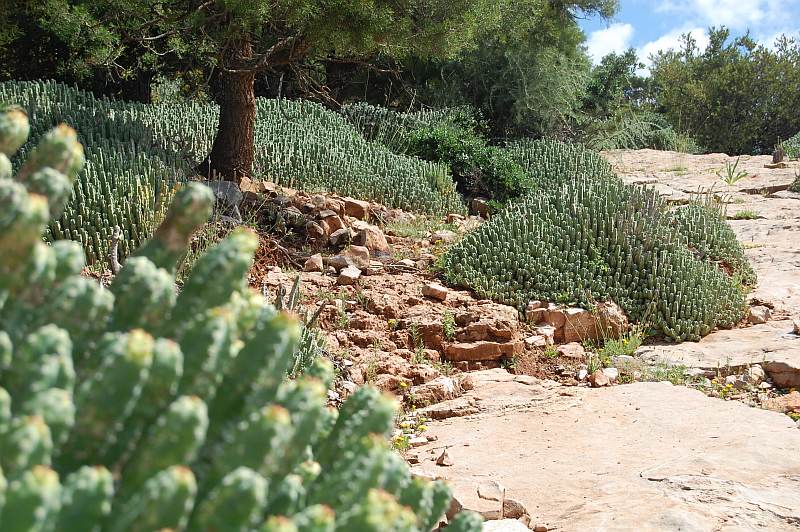 Euphorbia resinifera pillows |
|
| On hill sides between Azilal and Khemis-Majden we have been very successfull and very lucky. First we found an adult of Psammodromus algirus, running between the Palmetto bushes (Chamaerops humilis). But after about 1 hour I could spot one female of the Green Psammodromus Psammodromus microdactylus, one of the rarest reptile species in the world. The Green Psammodromus showed a complete different behaviour. It is crowling quite slow through the Palmettos and as last consequence it climbes up into the palm leaves and sits still. With its colour and pattern it is nearly impossible to spot it. Therefore it may be more present in adequate habitats as thought. On the way back to Beni Mellal we had a good look to the lake at Bin El Ouidane. |
|
|
|
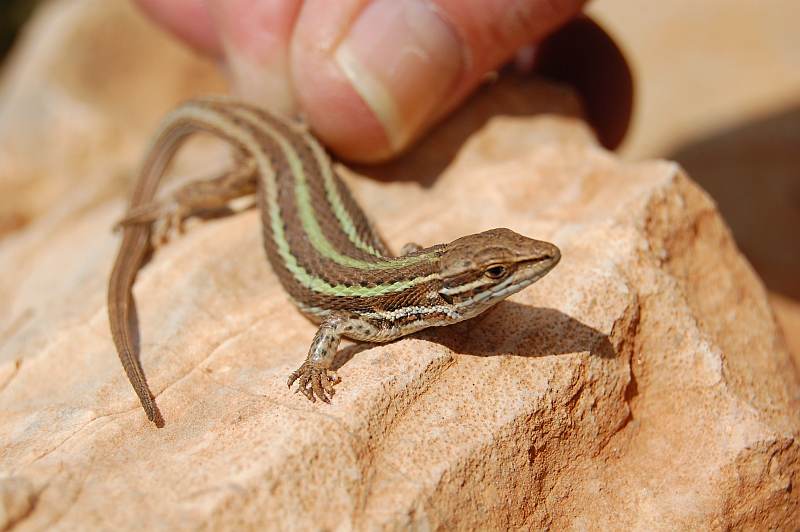 Psammodromus microdactylus female |
|
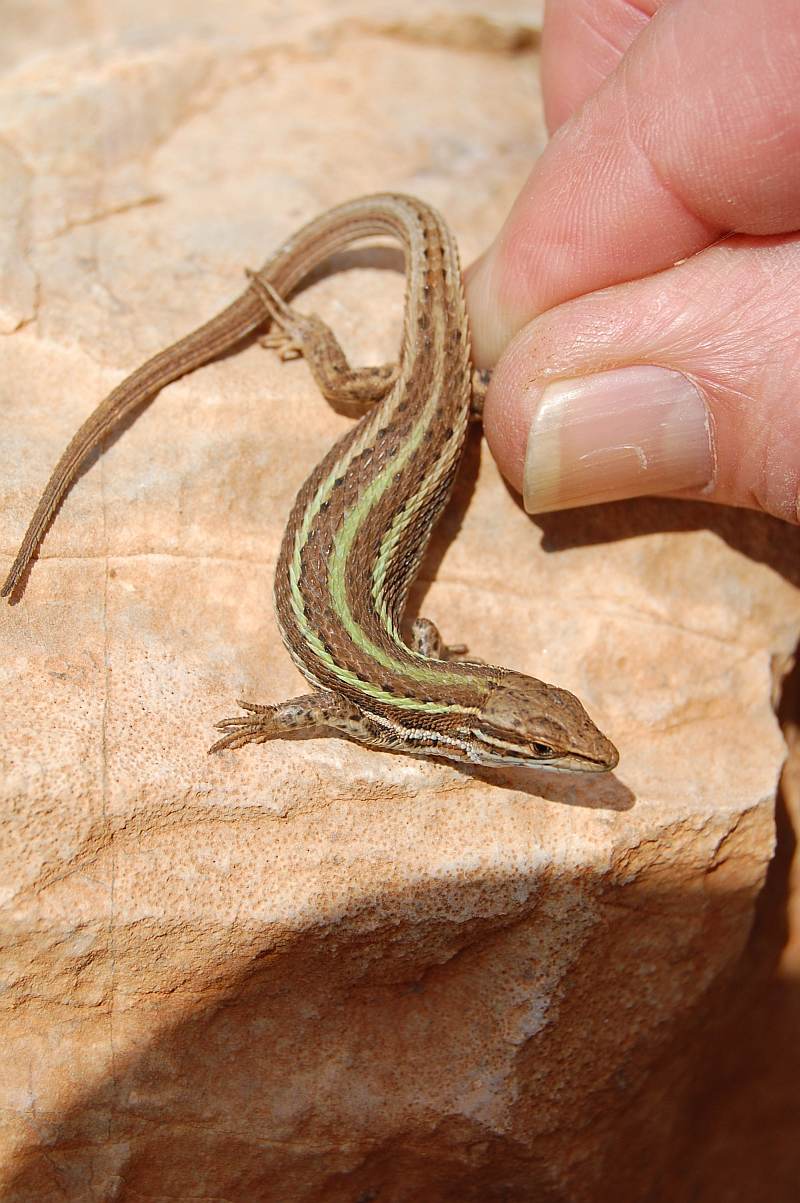 Psammodromus microdactylus female |
|
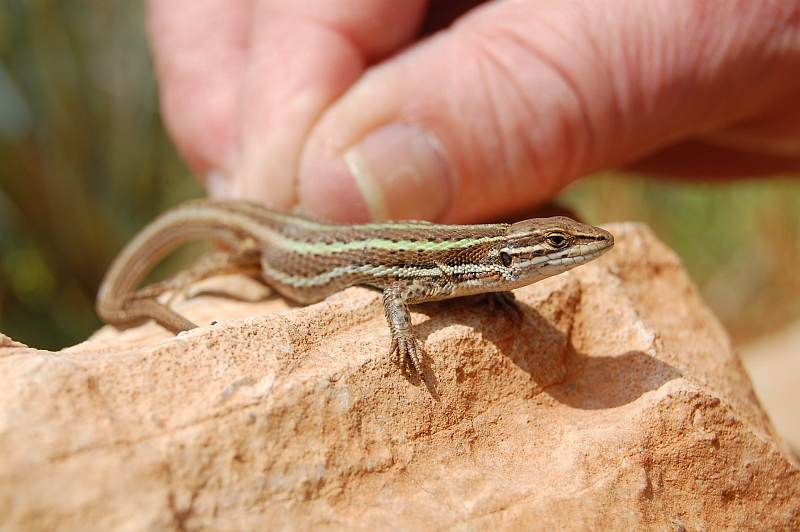 Psammodromus microdactylus female |
|
|
|
| Thursday, April 22nd, 2010 Again good weather, but the moderate to strong wind, started yesterday, was still blowing. We drove direction to Marrakech. Around noon the first clouds hided the sky. At some dry hills south of Ben Moussa we made a stop. Under a rock the first Saurodactylus brosseti and some huge crickets on small bushes. On larger rocks dozends of Tarentola mauritanica and a few Agama bibronii. Again no snake, only sheddings of one Hemorrhois hippocrepis and two of Psammophis schokari´s. About 4 p.m. we arrived at Marrakech and went to the Place Djemaa el Fna, what means in English Square of the beheaded, with the snake charmers. On venomous snakes they only had Naja legionis and some puffadders Bitis arietans. |
|
|
|
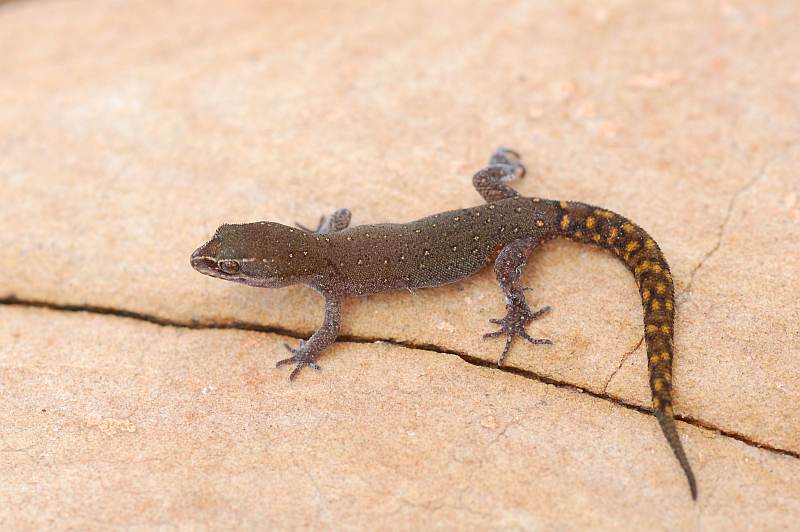 Saurodactylus brosseti |
|
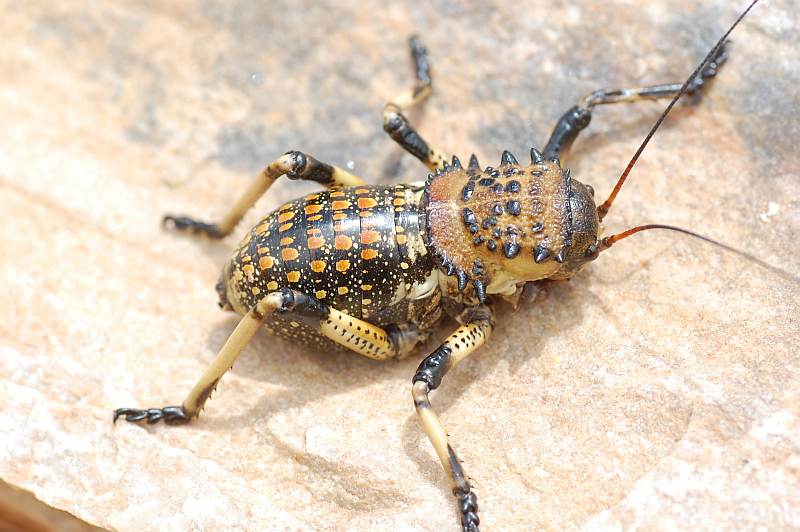 unknown cricket |
|
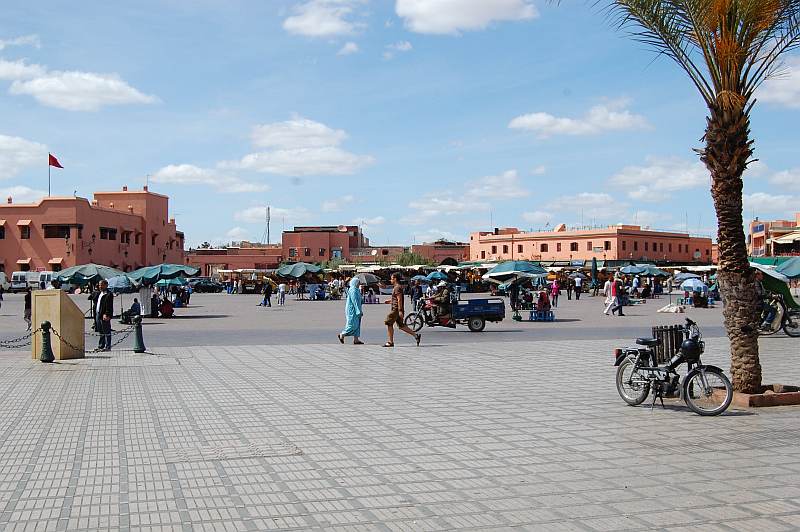 Marrakech, Djemaa el Fnaa |
|
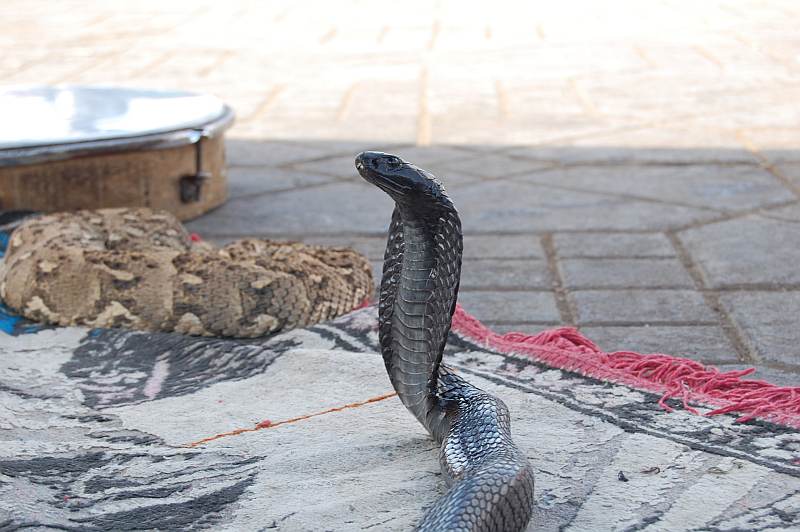 Naja (haje) legionis and Bitis arietans |
|
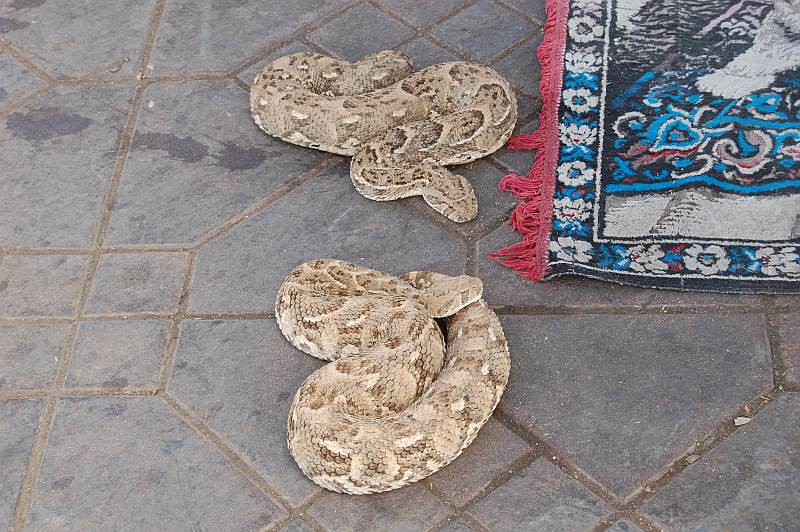 Bitis arietans |
|
| Friday, April 23rd, 2010 In the morning nearly no clouds, but the cool wind was blowing still moderate to strong. We drove about 25 kilometres north and stopped at the first good looking spot. The first interesting animals have been a baby scorpion Buthus sp. and a small camel spider Galeodes arabs, both under rocks as well as two Saurodactylus brosseti. Another very large spider (Eusparassus dufori) was under another rock. Beside some bushes we spotted the first Fringe-toed lizards Acanthodactylus erythrurus atlanticus. Next stop was at an old quary. Dozend of Moorish Geckos have been basking at a smooth rock wall with lots of crevices. A medium sized Psammophis schokari was running below tons of rocks. I have to admit, I´m to old and slow for these fast snakes now, and this would be confirmed during the next days! A sandstone rock beside the road was a housing estate for birds: hundreds of sparrows, dozens of doves and also dozens of bee-eaters, Merops apiaster. In the evening our compagnions from Vienna arrived by plane and met us at the Ibis-Hotel in Marrakech. |
|
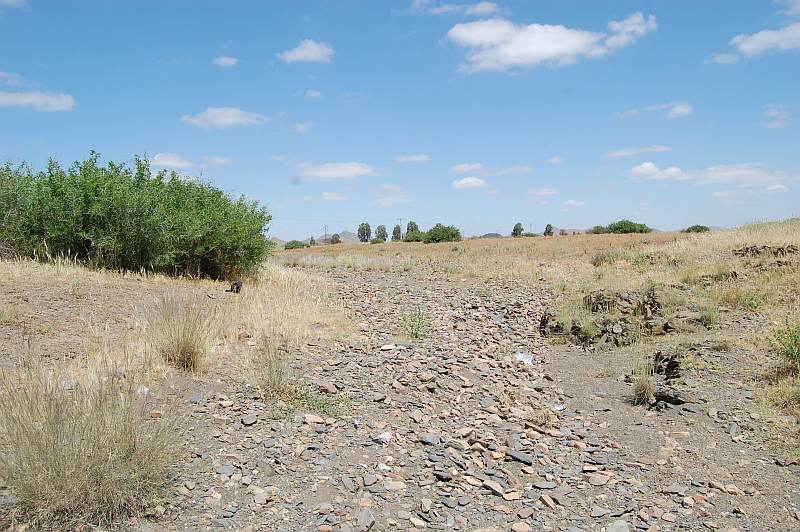 habitat of Agama bibronii, Acanthodactylus erythrurus atlanticus, Chalcides polylepis |
|
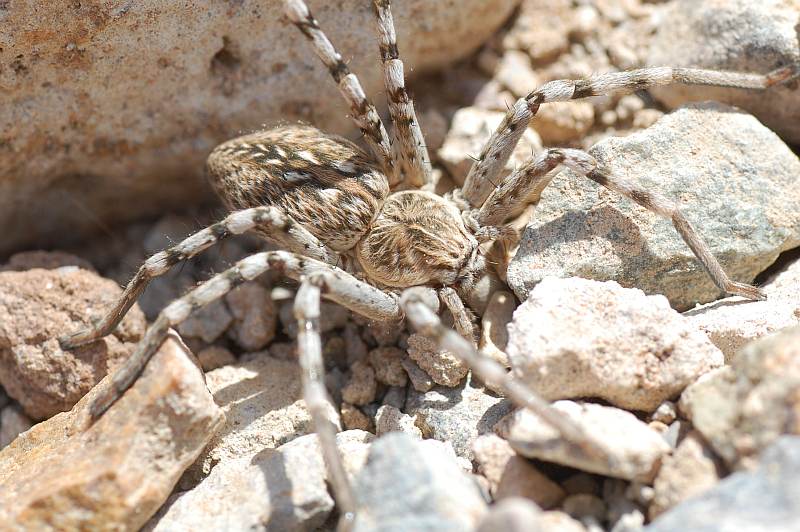 spider Eusparassus dufori |
|
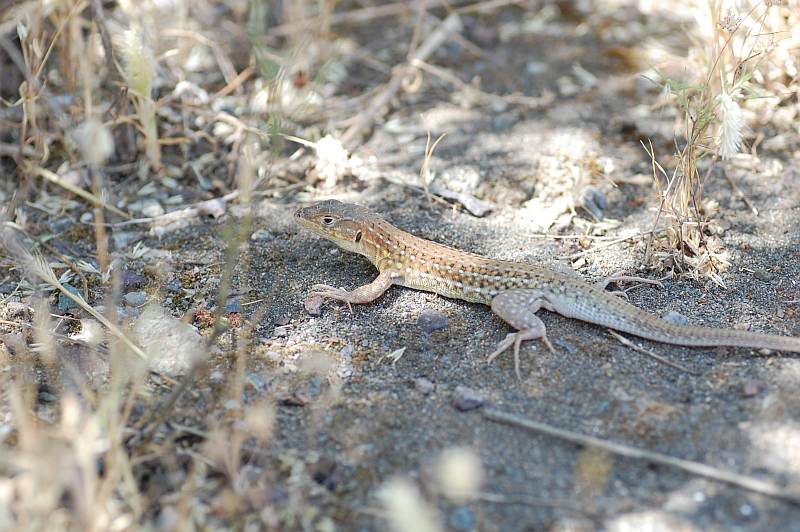 Acanthodactylus erythrurus atlanticus male |
|
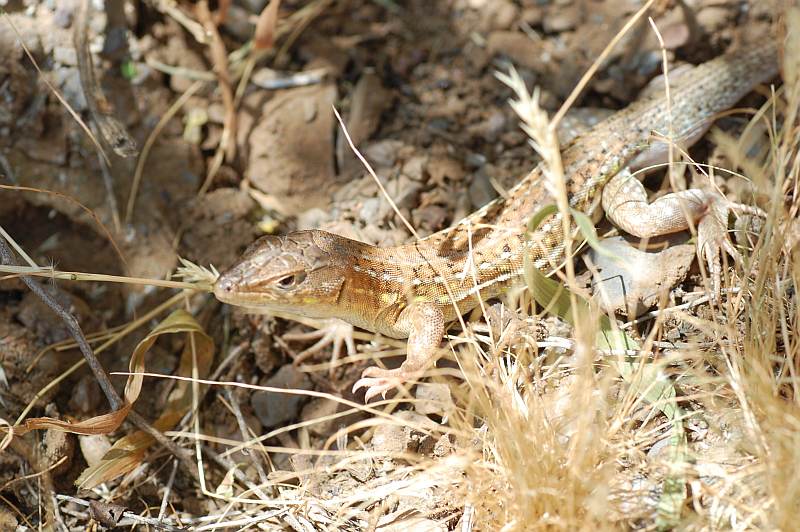 Acanthodactylus erythrurus atlanticus male |
|
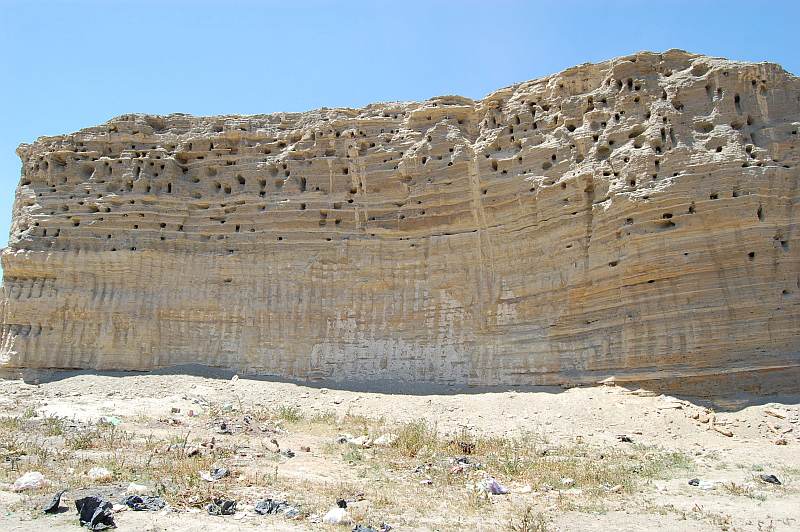 bird housing estate |
|
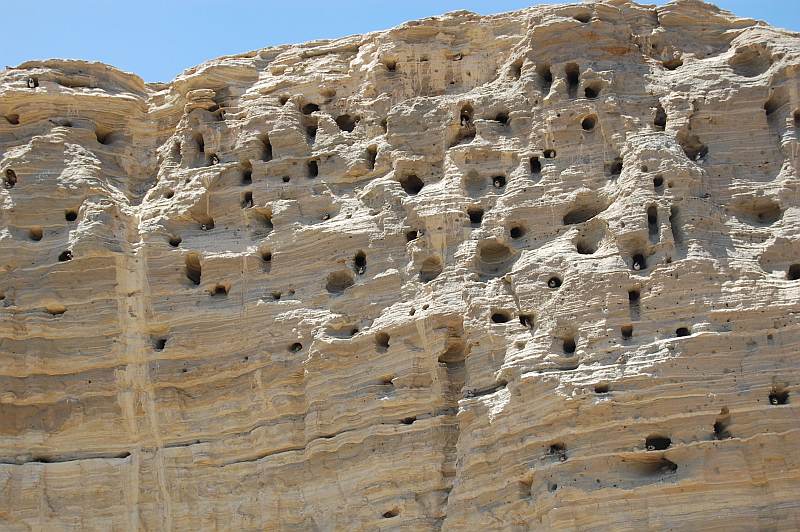 bird housing estate |
|
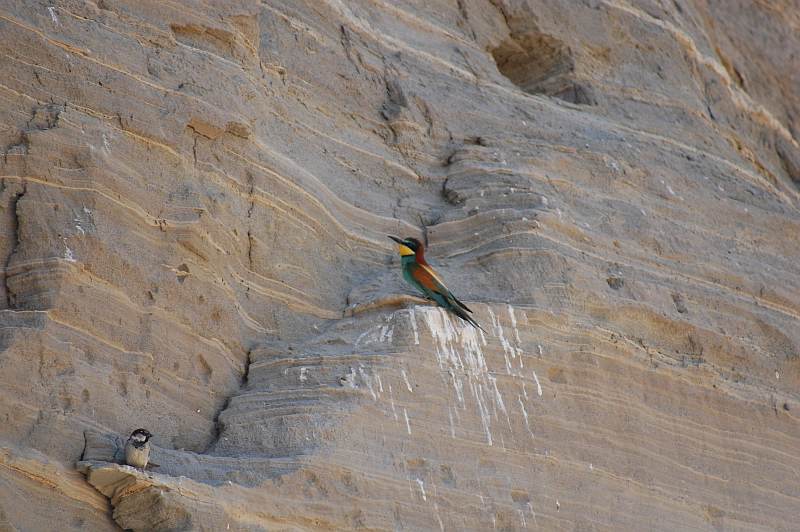 Merops apiaster and sparrow |
|
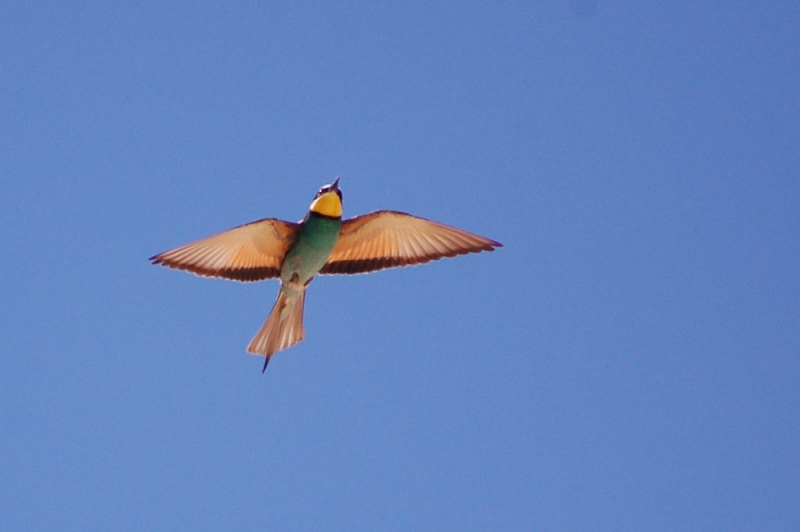 Merops apiaster |
|
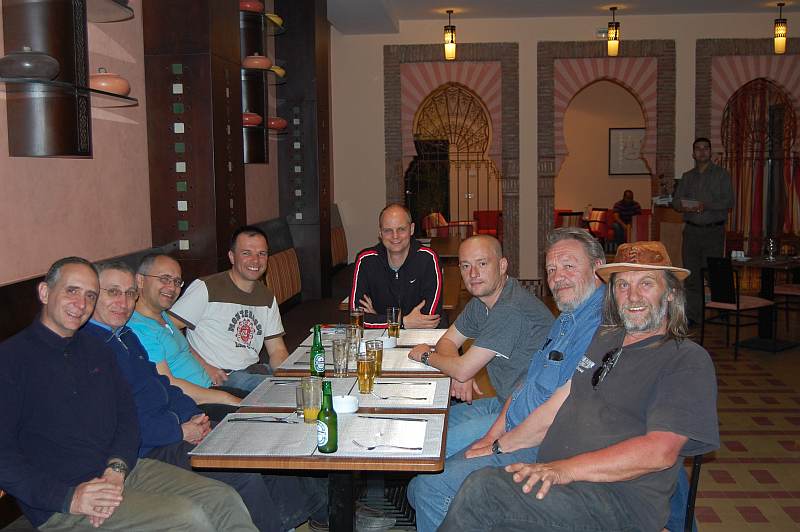 the complete team. From left: Richard Kopetzky, Richard Gemel, Franz Rathbauer, Thomas Bader, Christoph Riegler, Hannes Hill, Werner Mayer and Mario Schweiger |
|
| Saturday, April 24th, 2010 This day we all together drove to the spots, we (Werner Mayer and I) visited yesterday. At the bush we found Acanthodactylus the day before, this morning additional an Agama bibronii female and a large Chalcides polylepis was basking. Under a rock nearby a very large Galeodes arabs and a full grown Buthus occidentalis, at a small bush nearby the very interesting coloured and marked mantis, Blepharopsis mendica.<. Christoph found a shedding of a huge Horseshoe snake and I missed a Psammophis schokari again. Around the quary Thomas and I could catch a very large Eumeces algeriensis each, Thomas the male and I the female. Richard Gemel found some nice Testudo graeca graeca. The late afternoon and the evening we spent in the Medina of Marrakech, visiting the snake charmers, the Souks and had dinner on the Djemaa el Fnaa, which turns to a large open air restaurant every evening. |
|
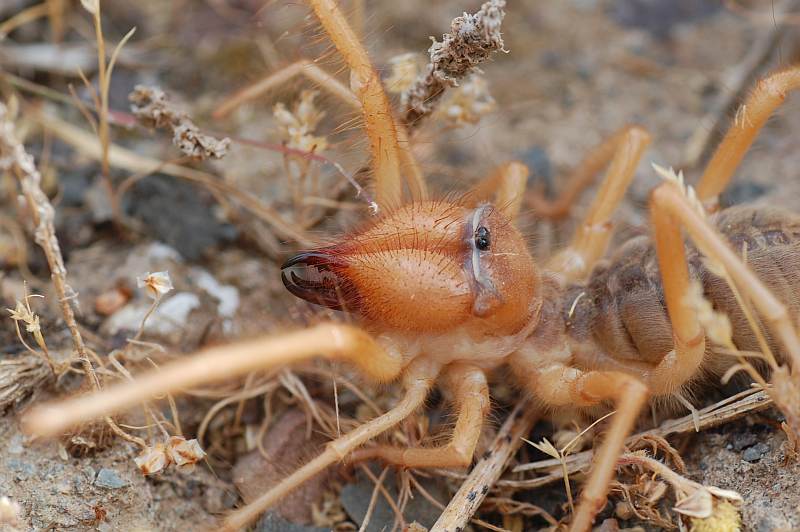 Galeodes arabs |
|
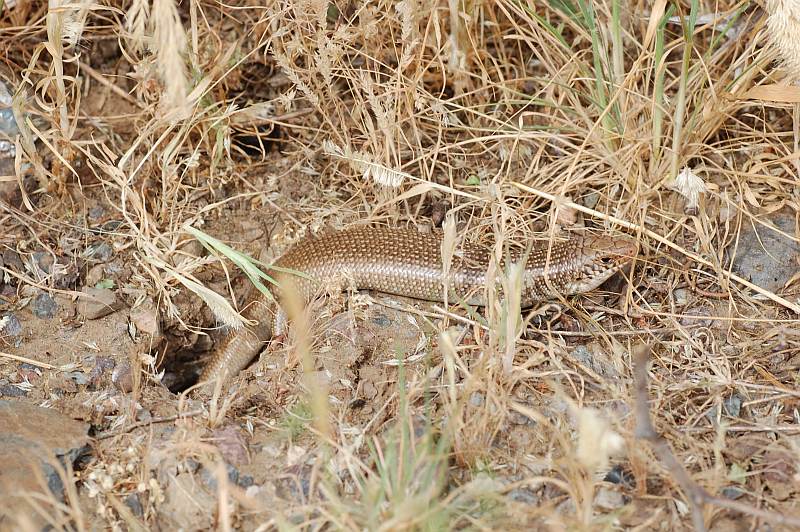 Chalcides polylepis |
|
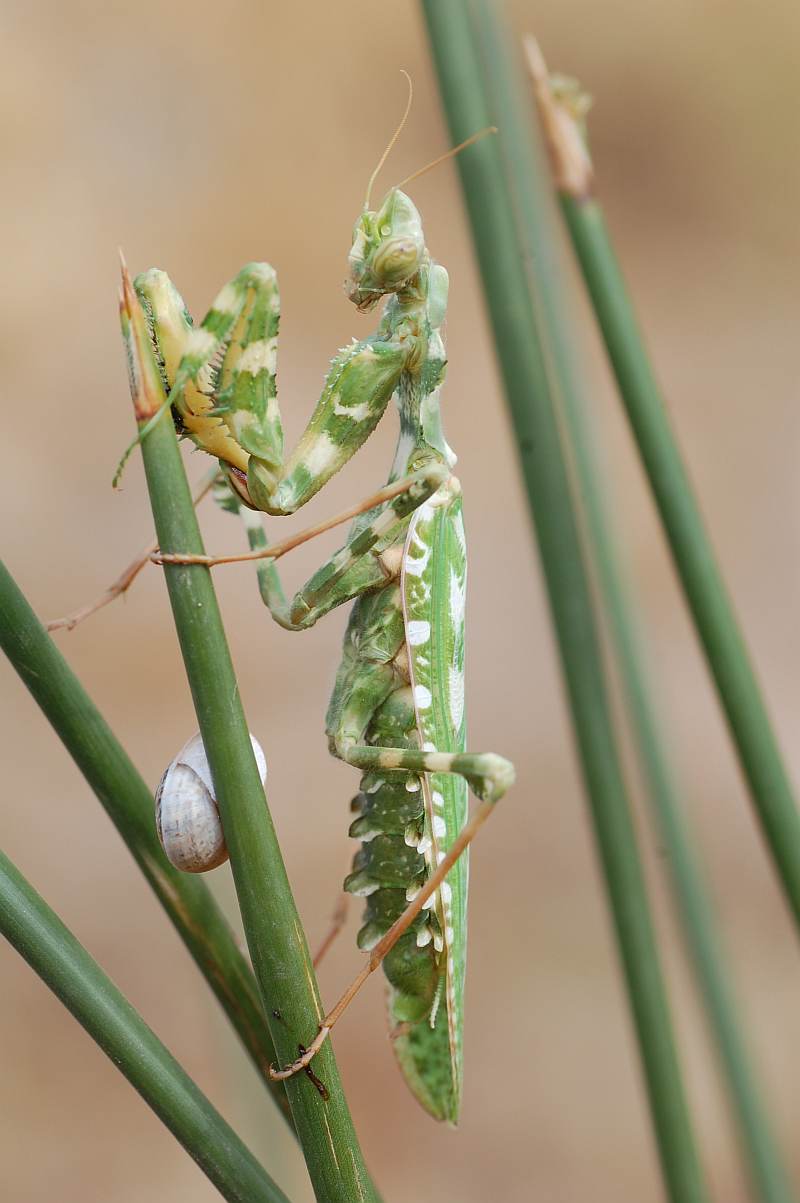 mantis, Blepharopsis mendica |
|
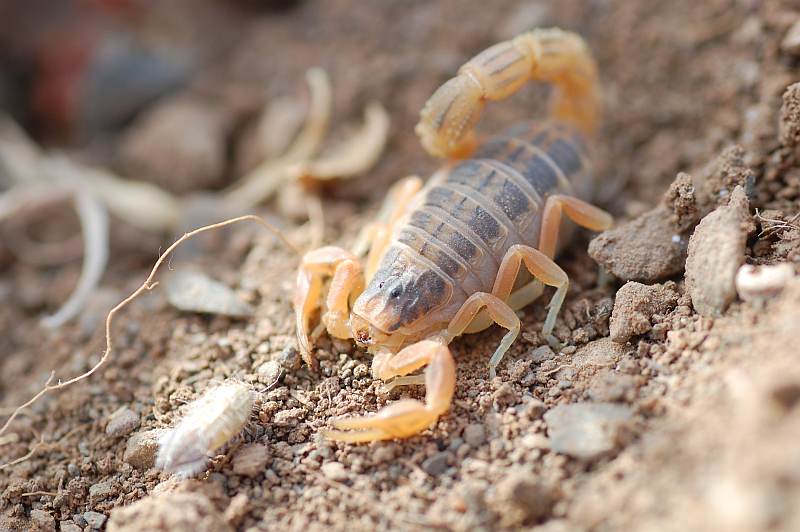 Buthus occidentalis. gravid female |
|
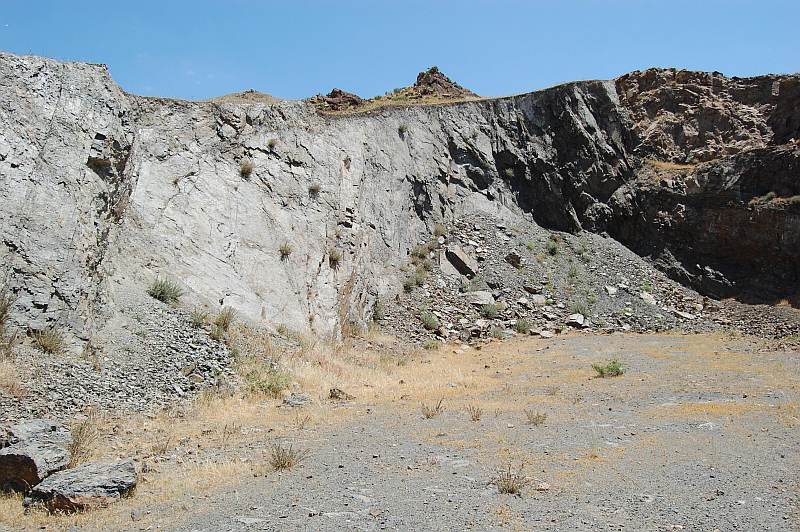 quary |
|
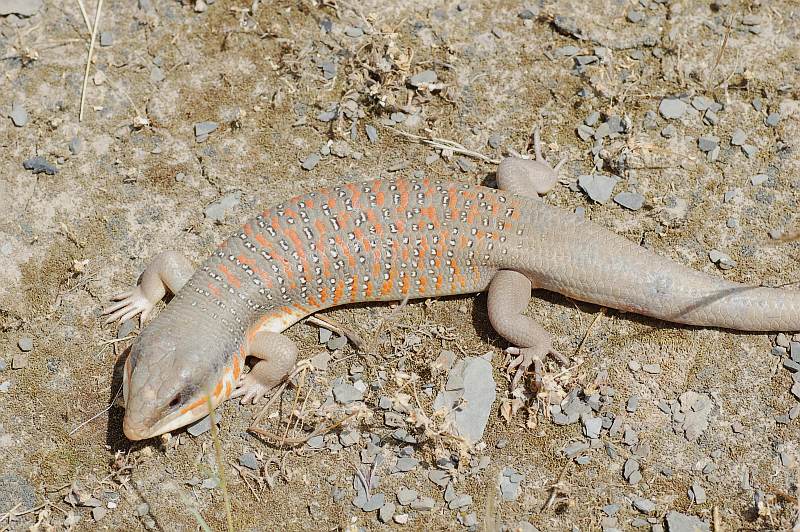 Eumeces algeriensis male |
|
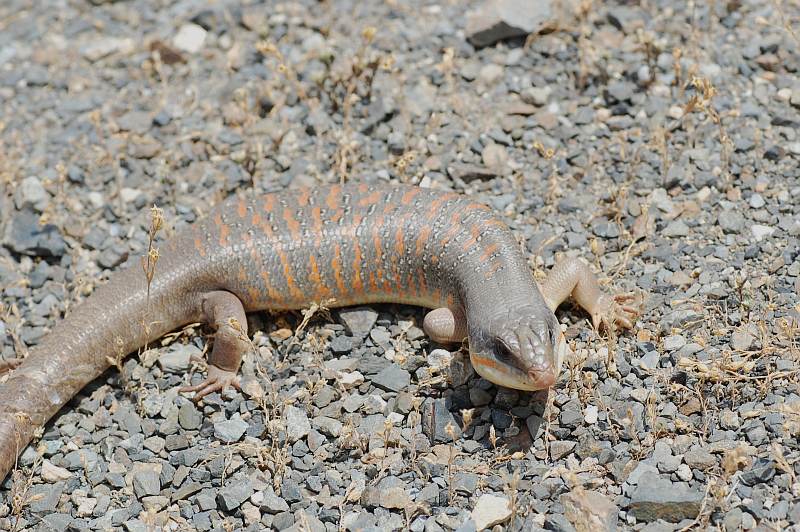 Eumeces algeriensis female |
|
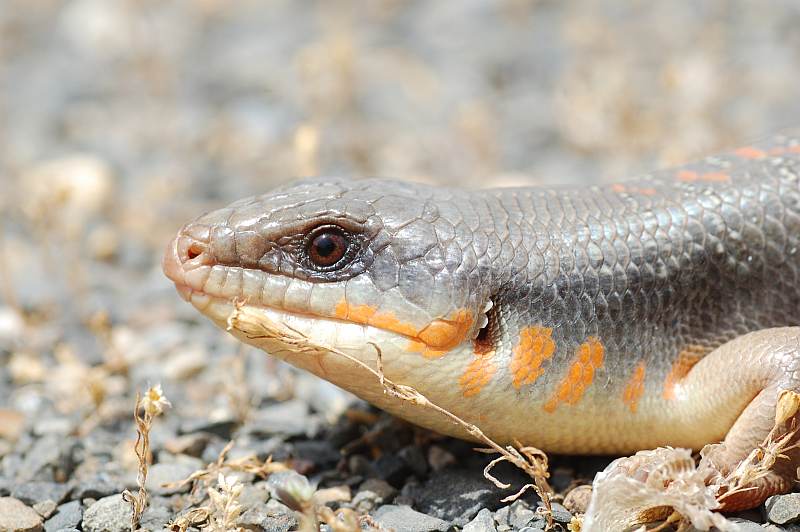 portrait of female |
|
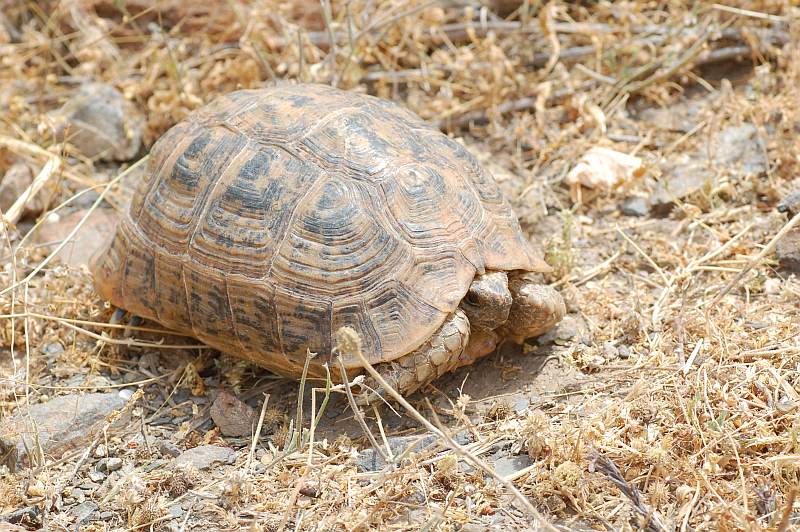 Testudo graeca graeca |
|
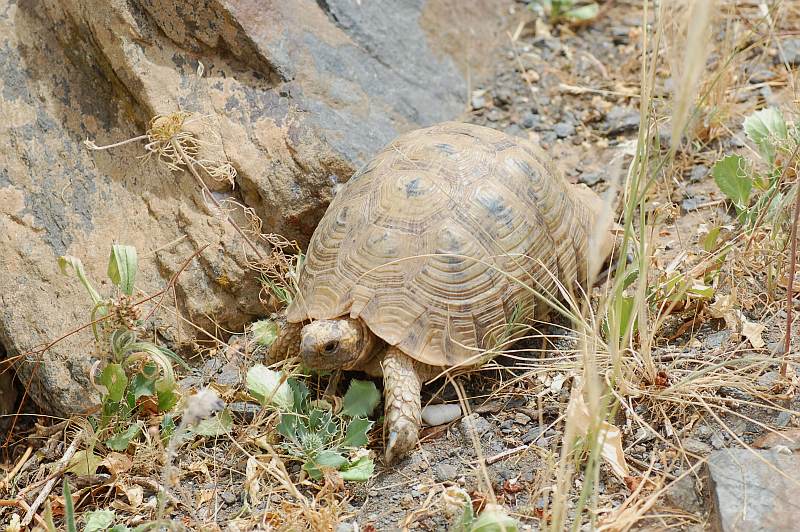 Testudo graeca graeca |
|
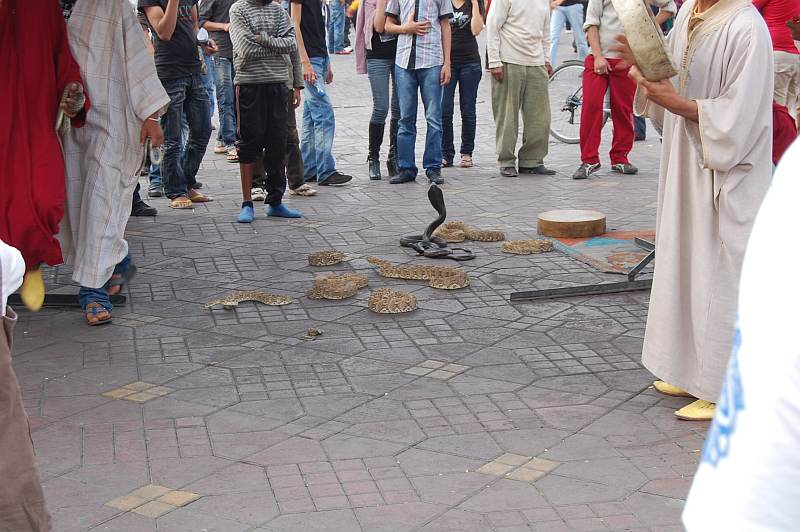 snake charmers at Marrakech: Bitis arietans and Naja (haje) legionis |
|
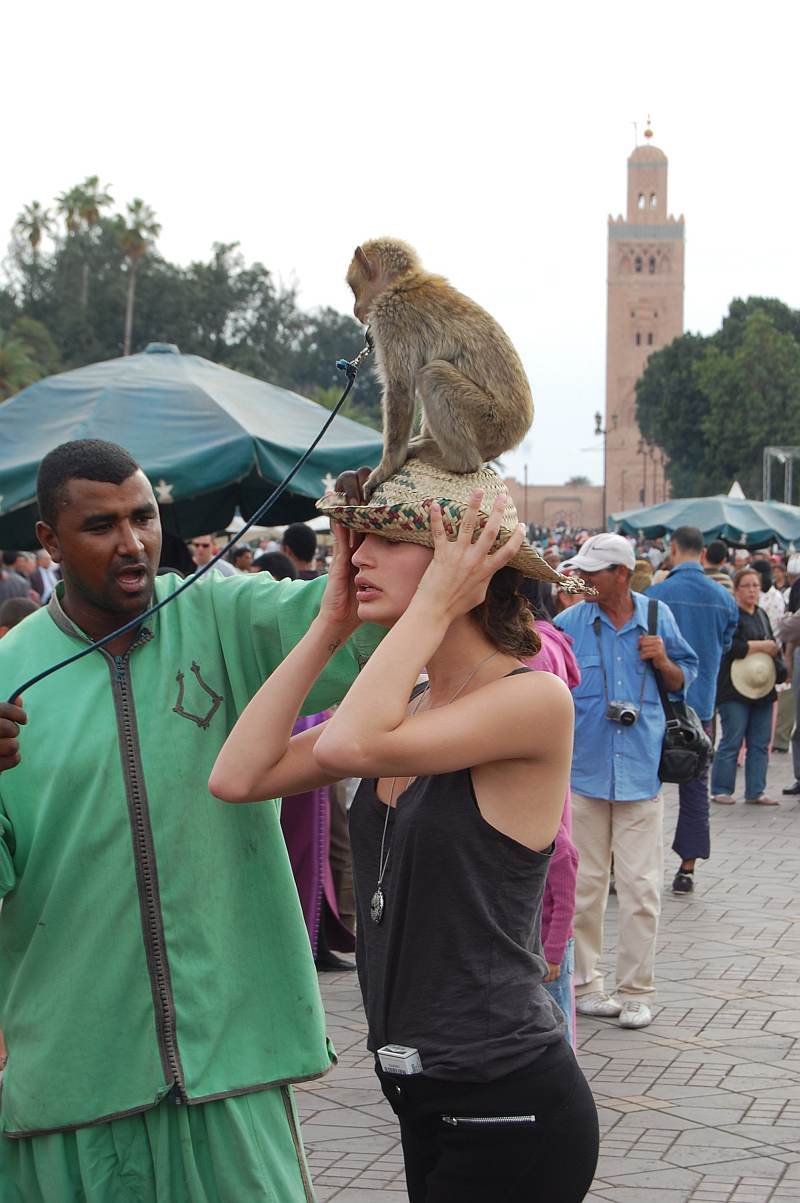 unknown girl with magot |
|
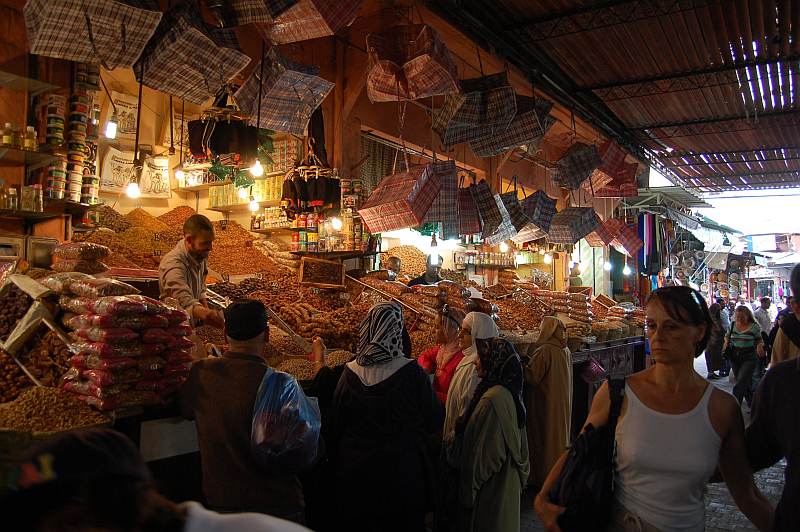 Marrakech, Souk |
|
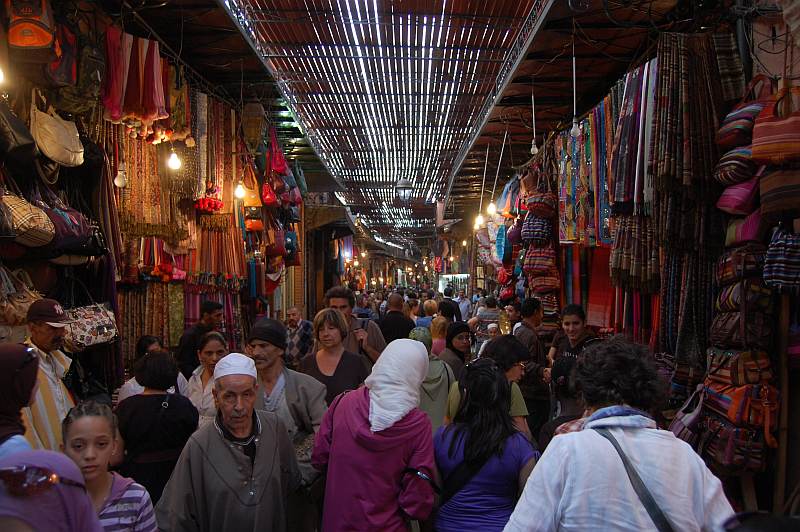 Marrakech, Souk |
|
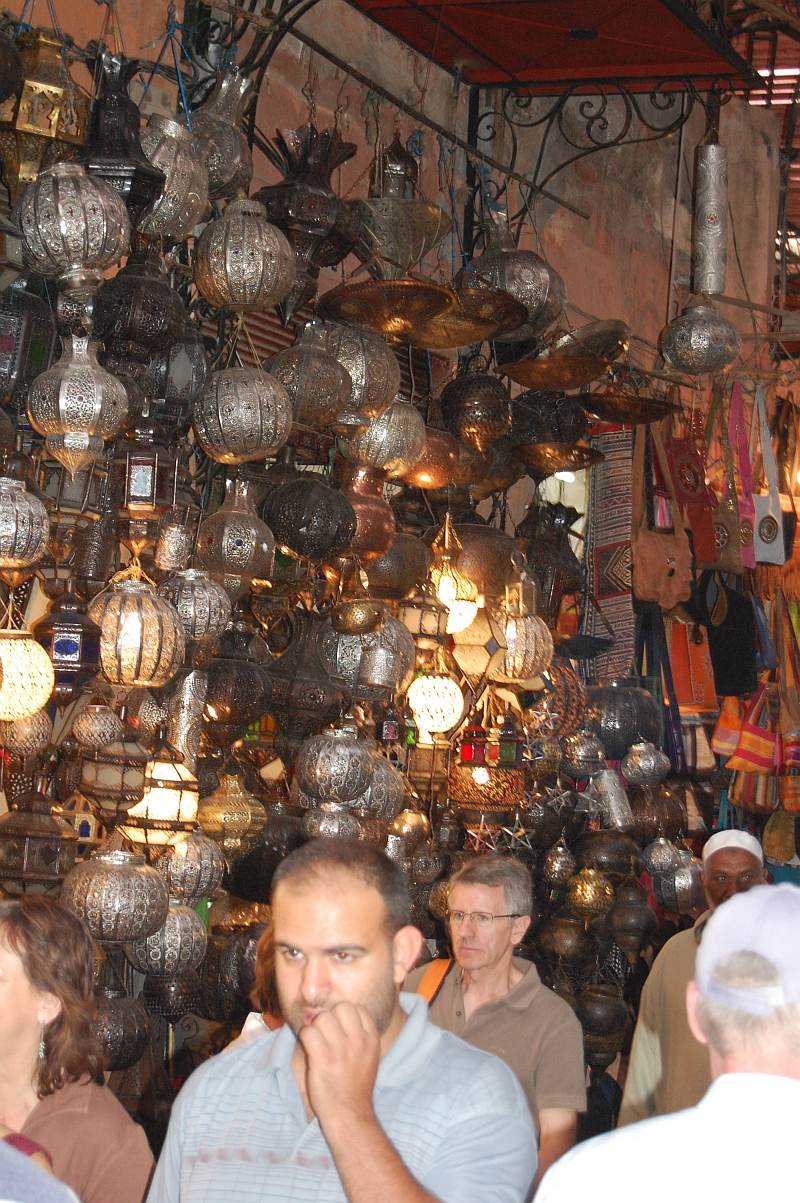 Marrakech, Souk |
|
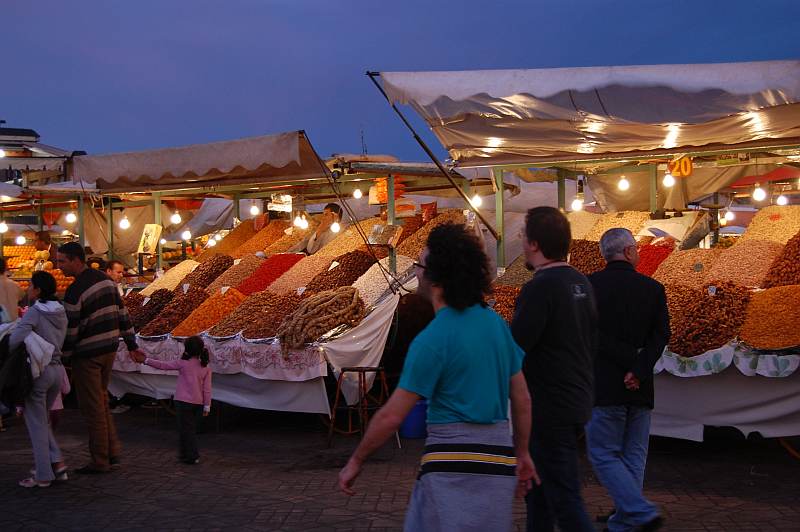 Djemaa el Fnaa in the evening |
|
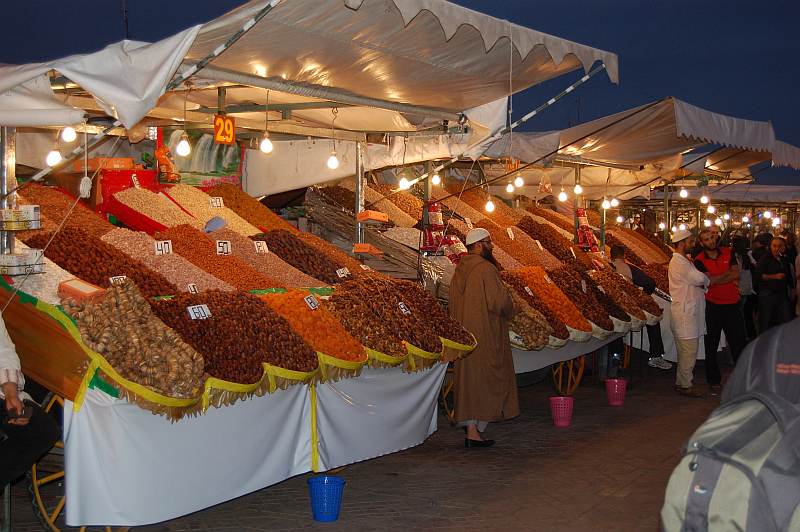 Djemaa el Fnaa in the evening |
|
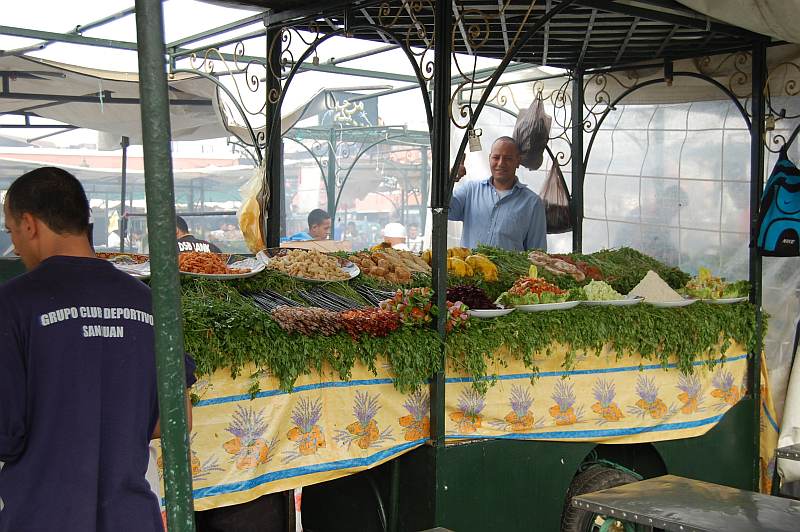 open air restaurant |
|
| part 1 - Introduction: Topography, climate, zoogeography | |
| part 2 -from Ceuta to Beni Mellal | |
You are here: |
part 3 - from Beni to Marrakech |
| part 4 - to Oukaimeden and from Marrakech to Ouarzazate | |
| part 5 - around Ouarzazate | |
| part 6 - from the Hammada(Ouarzazate) through the Reg(Tineghir) to the Erg(Merzouga) | |
| part 7 - in and around the sand dunes (Merzouga and adjected areas) | |
| part 8 - From Merzouga to Taroudant in the Souss valley | |
| part 9 - western part of the Souss valley and south to the Tiznit area | |
| part 10 - home along the Atlantic coast, list of observed Amphibians, reptiles and birds | |
